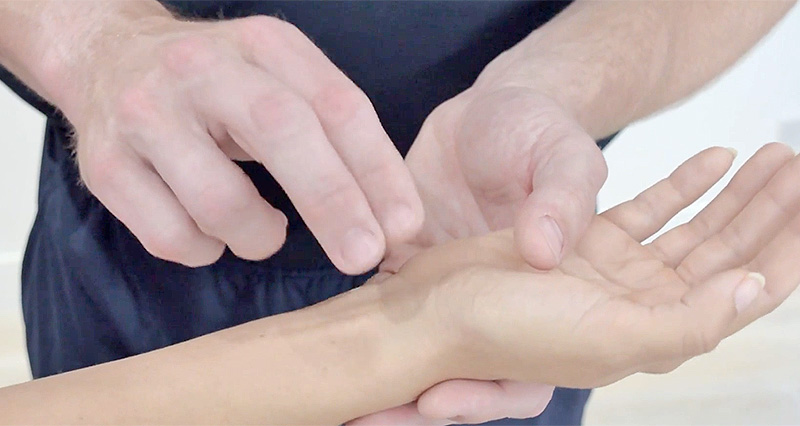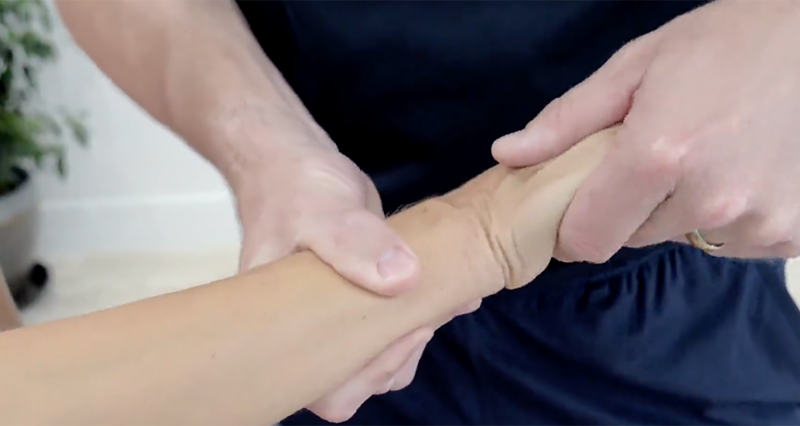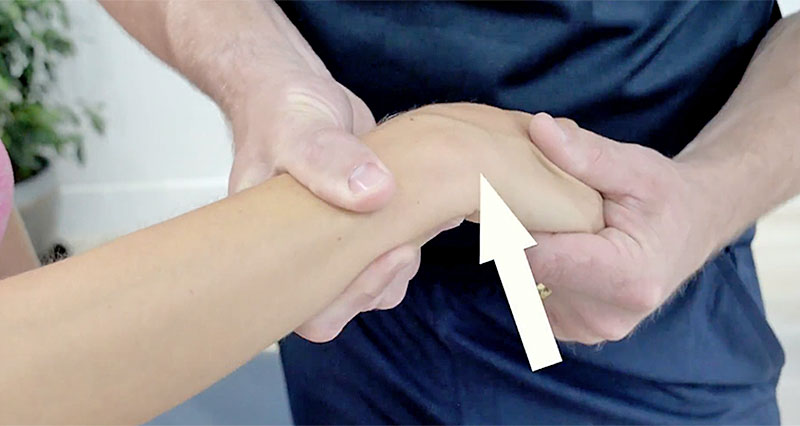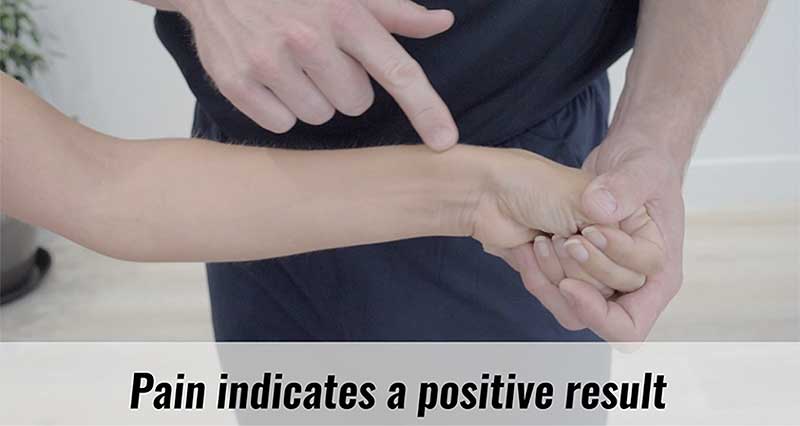The Anatomical Snuff Box Test assesses for a suspected scaphoid fracture, a common type of wrist fracture, through physical examination.
What is a Scaphoid fracture?
The scaphoid bone, part of the small group of carpal bones in the wrist, is the most commonly fractured carpal bone among athletes. This type of fracture typically happens when someone falls onto an outstretched hand.
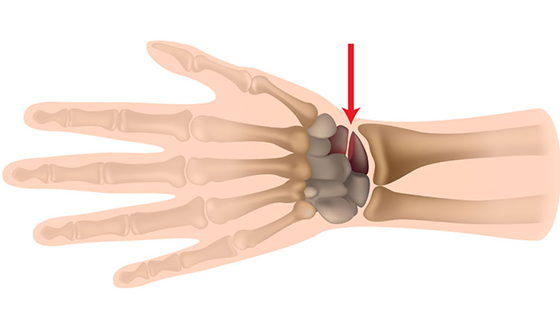
How the test is performed:
Have the patient sit or stand comfortably with their palm facing up, and position yourself in front of them. First, locate the anatomical snuff box, a triangular depression on the back of the hand formed by the thumb and wrist tendons.
Then, with the thumb relaxed and slightly moved away from the index finger, apply pressure directly on the snuff box using your thumb or finger. Finally, press from the back of the hand towards the palm to compress the scaphoid bone against the radius.
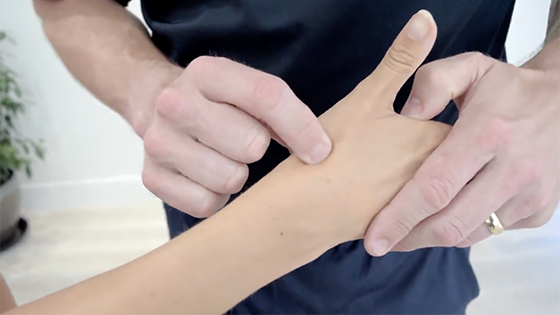
What is a positive anatomical snuff box test?
Pain over the anatomical snuff box indicates a likely scaphoid fracture. Tenderness in this specific area, especially if reproducible and isolated, strongly suggests a fracture.
Scaphoid fractures are common injuries, often occurring due to falls onto an outstretched hand. However, scaphoid fractures can be challenging to diagnose initially because they may not always be evident on standard X-rays immediately after the injury.
The anatomical snuff box test helps clinicians identify patients at risk for scaphoid fractures, leading to further evaluation with imaging like X-rays or advanced scans (e.g., MRI or CT) to confirm the diagnosis.
Considerations
Carefully perform the test to avoid worsening the patient’s symptoms. If you suspect a scaphoid fracture but initial X-rays are clear, immobilize the patient and schedule follow-up imaging or evaluations. This approach might reveal fractures that become apparent later. In short, this test is a valuable tool for early diagnosis and management of scaphoid fractures.
